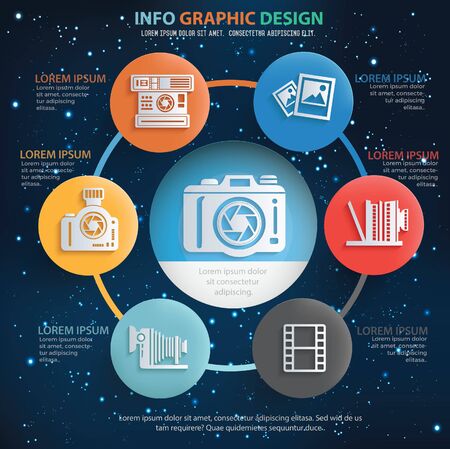Join Us To Discover Important Digital Photography Pointers That Will Certainly Unlock Your Video Camera'S Possibility-- Prepare To Catch Sensational Pictures Quickly!
Join Us To Discover Important Digital Photography Pointers That Will Certainly Unlock Your Video Camera'S Possibility-- Prepare To Catch Sensational Pictures Quickly!
Blog Article
Write-Up Composed By-Tobin Ploug
When you first grab your cam, it can really feel frustrating with all the setups and choices available. You may find yourself wondering exactly how to browse aperture, shutter rate, and ISO successfully. Mastering these fundamentals is essential, yet there's even more to photography than just technical knowledge. Understanding structure techniques and lights problems can raise your photos dramatically. So, what if please click the next page could discover simple methods to enhance your skills and begin capturing excellent photos sooner than you believe? Let's check out how to change your digital photography journey.
Recognizing Camera Settings
Comprehending your video camera settings is crucial for catching magnificent images. When you get your camera, familiarize yourself with the 3 primary setups: aperture, shutter speed, and ISO. Each plays a crucial role in exactly how your pictures turn out.
Start with aperture, which controls the amount of light getting in the lens. A bigger aperture (lower f-number) allows more light and develops a gorgeous background blur, ideal for portraits. On the other hand, a narrower aperture (greater f-number) keeps even more of the scene in emphasis, perfect for landscapes.
Next, concentrate on shutter rate. This setup identifies how long your video camera's sensor is subjected to light. A quick shutter rate ices up activity, which is wonderful for action shots, while a slow-moving shutter rate can produce stunning impacts like smooth water in landscapes.
Lastly, change your ISO. This setting influences your cam's sensitivity to light. A higher ISO serves in low-light circumstances yet can present noise or grain. Aim for the lowest ISO possible while still accomplishing proper exposure.
Structure Techniques
When you're out capturing, make-up can make all the difference in exactly how your pictures reverberate with visitors. Begin by using the rule of thirds; envision your framework separated into 9 equivalent areas with 2 horizontal and 2 upright lines. Position key elements along these lines or at their intersections to create equilibrium and interest.
Next, think about leading lines. These all-natural lines in your scene, like roads or rivers, attract the customer's eye into the photo, directing them via the tale you're informing.
Do not ignore mounting; usage components within your scene, like trees or home windows, to produce a structure around your subject, adding deepness and focus.
Also, watch on your history. professional copyright photo can sidetrack from your major subject, while a basic one helps it stand apart.
Finally, trying out symmetry and patterns; they can create a striking photo that catches attention.
Mastering Illumination Issues
Understanding lights problems is vital for catching sensational photographs, as the best light can transform a common scene into something remarkable.
Start by observing natural light at different times of the day. Early mornings and late afternoons use the very best light, called the gold hour. The soft, warm tones during these times can boost your pictures perfectly.
Don't shy away from overcast days either; diffused light can minimize rough darkness and create a pleasing impact, specifically for portraits.
Experiment with backlighting by placing your subject versus the light source. This technique can create a fanciful halo effect and include deepness to your images.
Take notice of your electronic camera setups too. Change the ISO, aperture, and shutter rate to match the lights conditions. A higher ISO can help in reduced light, however be cautious of grain.
Make use of a tripod in darker settings to prevent blur.
Last but not least, do not forget fabricated lighting. Flash and continual lights can be excellent tools for managing light in tough conditions.
Conclusion
In conclusion, understanding your electronic camera does not have to be overwhelming. By recognizing your settings, applying composition methods, and harnessing the power of natural light, you'll promptly elevate your photography skills. Remember, practice makes ideal, so go out there and try out your newfound understanding. With time and devotion, you'll be catching magnificent images that reflect your distinct viewpoint. Delight in the trip, and do not fail to remember to have fun while you're at it!
